Table of Contents
Diabetes mellitus is exceedingly prevalent. The 2021 CDC report (1) quoted an estimated count of 38.1 million adults aged 18 and older in the United States had diabetes, of whom a staggering 22.8 percent of individuals were unaware of their condition despite meeting the diagnostic criteria.
The 3 P’s characterize the initial, often overlooked, signs of diabetes. This article delves deeper into the 3 P’s of diabetes, helping you decide if a doctor’s appointment is necessary.
What are 3 P’s of Diabetes?
Polyuria, polydipsia, and polyphagia—increased urination, thirst, and hunger, respectively—are the tell-tale signs of diabetes mellitus (DM).
Diabetes mellitus is characterized by elevated blood sugar (glucose) levels. Insulin, a hormone produced by your pancreas, typically assists the body in regulating blood sugar levels following meals. Any impairment in the formation of insulin or its action in the body can thus lead to diabetes mellitus.
In normal urine production, the kidneys reabsorb almost all of the glucose filtered from the blood. However, individuals with diabetes may experience blood sugar levels that are high enough to surpass the kidneys’ capacity to reabsorb the sugar. As a result, glucose spills into the urine to be eliminated from the body.
The surplus sugar in the urine draws more water, causing you to pee more (polyuria).
You might even feel more thirsty (polydipsia) owing to the loss of large amounts of urine.
Impaired insulin function can also lead to increased hunger (polyphagia). Without insulin, your cells cannot effectively utilize glucose and are, thus, starving for energy.
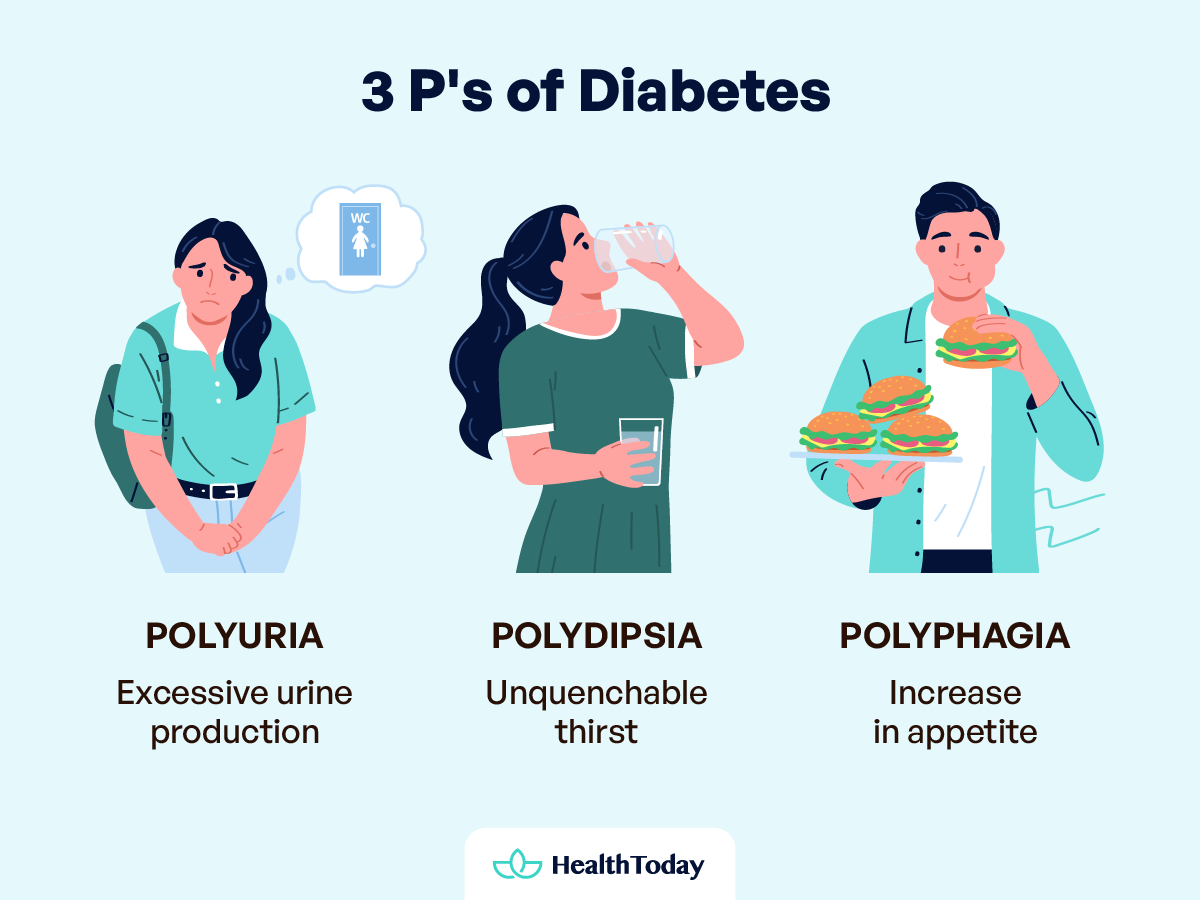
Polyuria
Polyuria (2, 3) refers to the production of more than three liters of urine in 24 hours. Diabetes mellitus (DM) is the most common cause of polyuria. Excessive urine production in diabetes mellitus occurs due to the loss of water caused by an increased level of glucose in the urine.
Don’t confuse polyuria with increased urinary frequency, which is the urge to urinate more frequently, typically at usual volumes.
Other causes:
- Diuretics or water pills (most common cause in adults)
- Polydipsia – see discussion below
- Diabetes insipidus (DI) (failure to concentrate urine)
- Hypercalcemia (elevated blood calcium)
- Kidney disease
- Liver failure
- Pregnancy
- Autoimmune disease
Signs & symptoms:
Excessive urination may be associated with increased thirst, which can either cause the excess urination or arise as a result of polyuria.
Polyuria may additionally lead to:
- Nocturia, or having to pee at night, often more than once.
- Dehydration caused by an increase in urination. Symptoms include dry mouth, increased thirst, dizziness, fatigue, fainting, and low blood pressure.

Polydipsia
Polydipsia (4) is a medical term for consuming large quantities of water due to an unquenchable thirst. Diabetes mellitus (DM) is a known cause of polydipsia secondary to polyuria.
Other causes:
Polydipsia may be classified as primary or secondary according to the underlying cause.
Primary
Emotional/behavioral, psychiatric, neurologic, or developmental conditions can lead to excessive water intake.
- Psychogenic polydipsia: Excessive consumption of water associated with an underlying psychiatric condition, more commonly schizophrenia. Other associated psychiatric conditions include depression and bipolar disorder. Developmental disorders like autism and intellectual disability may also be associated.
- Dipsogenic polydipsia:
- Damage to the thirst regulatory centers in the brain may lead to increased thirst.
- Habitual drinkers, often as a personal choice due to perceived health benefits, can develop a lower thirst threshold over time.
Secondary
Polydipsia may occur secondary to polyuria – the production of significant volumes of urine that triggers excessive thirst, consequently leading to increased water consumption.
Associated conditions include hypercalcemia (elevated blood calcium), diabetes mellitus (DM), and diabetes insipidus (DI) (failure to concentrate urine).
Signs & symptoms:
- Excessive urination
- Nausea
- Vomiting
- Confusion
- Loss of balance
- Seizures
- Coma
Polyphagia
Polyphagia (5), or hyperphagia, refers to increased appetite or hunger. In diabetes, the body’s inability to utilize glucose without insulin causes persistent hunger.
Other causes:
- Emotional stress or anxiety
- Depression
- Eating disorders
- Hyperthyroidism (an overactive thyroid)
- Pregnancy
- Prader-Willi syndrome (a genetic disorder)
- Certain medications (steroids or anti-psychotics)
Signs & symptoms:
- Eating more frequently
- Consuming larger meals
- Excessive hunger, not relieved by eating
- Persistent hunger pangs
Prevention of polyuria, polydipsia, and polyphagia
In people with diabetes, polyuria, and polydipsia can be prevented by maintaining blood glucose levels within the target range. While working with your healthcare provider to manage your blood sugar, certain lifestyle modifications can also help alleviate your symptoms. Limiting fluid intake before bedtime can help prevent nocturnal polyuria. Additionally, avoiding caffeinated and alcoholic beverages can further reduce excess urination.
Eating a well-balanced diet at regular mealtimes can help control excess hunger or polyphagia.
Treatment
Polyuria, polydipsia, and polyphagia are managed according to the underlying cause. If you notice symptoms consistent with the 3 P’s, it’s crucial to see your doctor for evaluation and treatment.
Doctors tailor treatment for diabetes mellitus based on the specific type you have. The two major classifications are type 1 and type 2 diabetes. Insulin is the mainstay therapy in type 1 diabetes, which is caused by impaired insulin production. The standard initial approach to managing type 2 diabetes involves dietary and lifestyle changes tailored to weight loss. Antihyperglycemic medications and/or insulin may be added when lifestyle changes are not enough to manage blood sugars.



What are the 3 P’s associated with diagnosing diabetes?
The 3 P’s of diabetes are polyuria, polydipsia, and polyphagia. Polyuria is the production of more than three liters of urine per day, polydipsia refers to increased thirst, and polyphagia is the term for increased appetite or hunger.
Why do polyuria, polydipsia, and polyphagia occur in diabetes?
Polyuria and polydipsia may occur with high blood glucose levels (hyperglycemia), usually exceeding 250 mg/dl. Excess glucose spills into urine, drawing water along with it. Subsequently, the large amounts of urine produced (polyuria) also lead to an increase in thirst (polydipsia).
Polyphagia or increased hunger, as seen with diabetes, occurs with a lack of functioning insulin. Your body cannot use glucose without insulin and is hungry for more energy.
What is the difference between type 1 and type 3c diabetes?
Diabetes results from abnormal functioning of the endocrine pancreas, which has two roles: endocrine (hormone production) and exocrine (digestion).
Type 1 diabetes results from a lack of insulin production, usually due to autoimmune destruction of insulin-producing cells or unknown causes. Insulin plays a pivotal role in regulating blood glucose levels post-meals.
Type 3c diabetes (6), commonly known as pancreatogenic diabetes, is caused by diseases that primarily affect the exocrine pancreas, leading to secondary endocrine dysfunction. This includes conditions like chronic pancreatitis, pancreatic trauma, cancer, cystic fibrosis (an inherited disorder), and hemochromatosis (build-up of iron in the body).
Summary
The 3 P’s—polyuria, polydipsia, and polyphagia—are initial signs of diabetes mellitus (DM). Reduced or impaired insulin function and the resulting elevated blood glucose levels are implicated in increased urination, thirst, and hunger in DM.
Visit your doctor for confirmatory testing, particularly if symptoms do not improve despite limiting fluid intake and regulating meals. Effectively managing your diabetes, with a professional’s guidance, can help curb the symptoms.





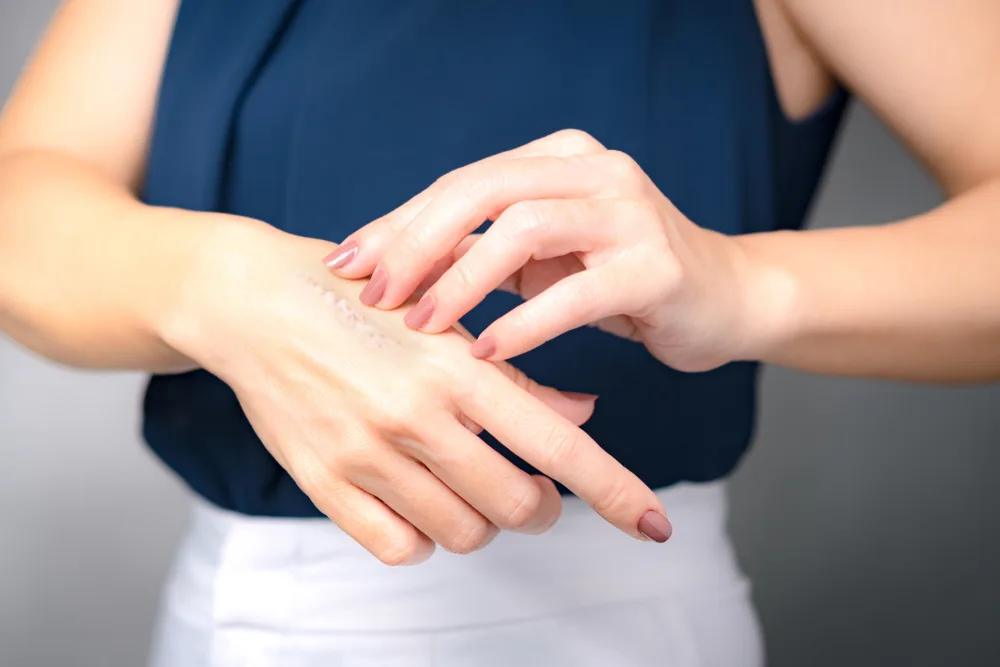



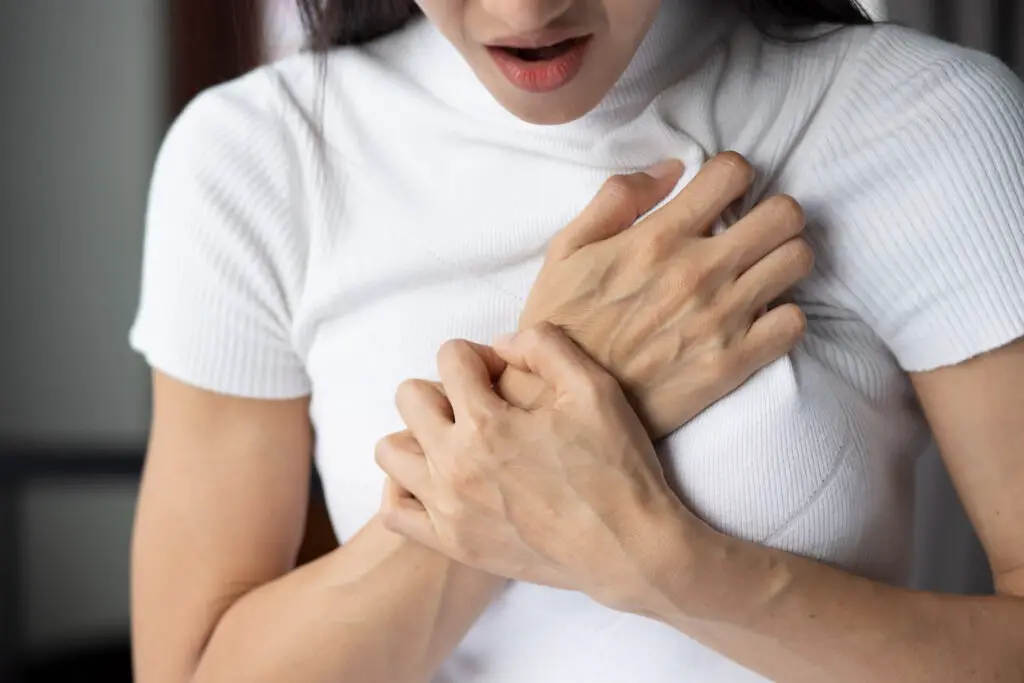
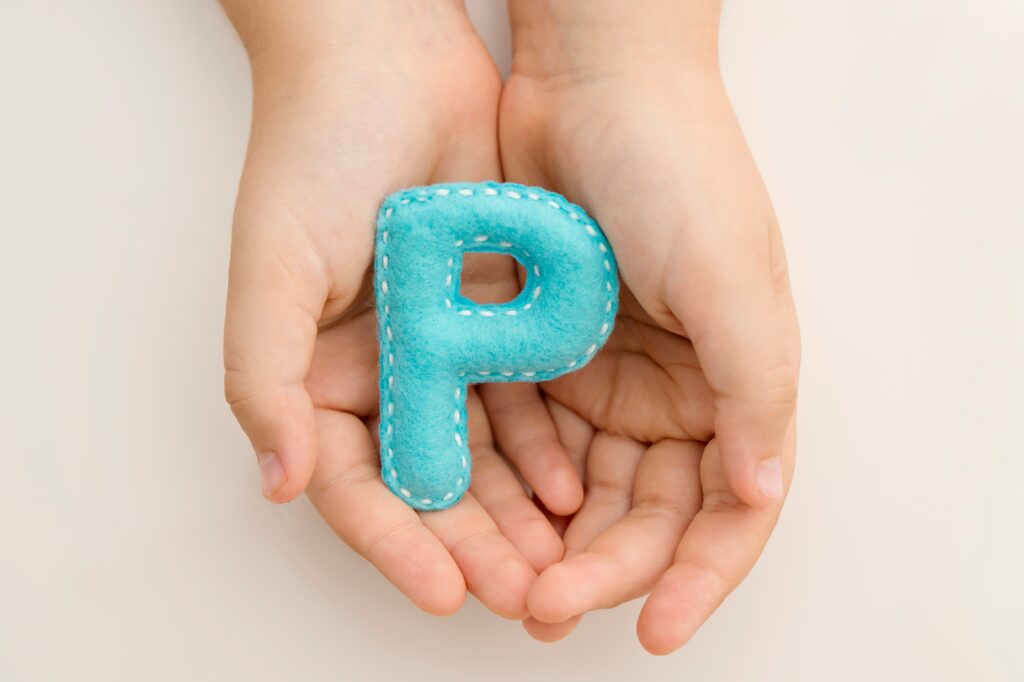
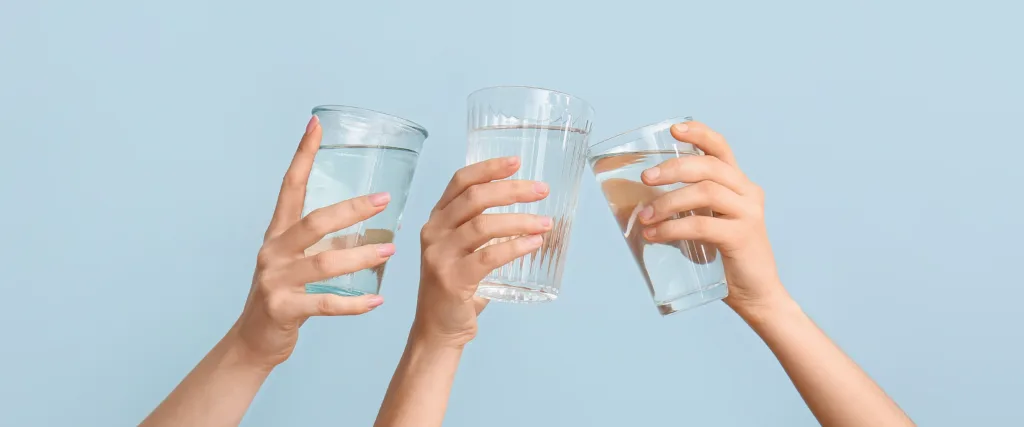
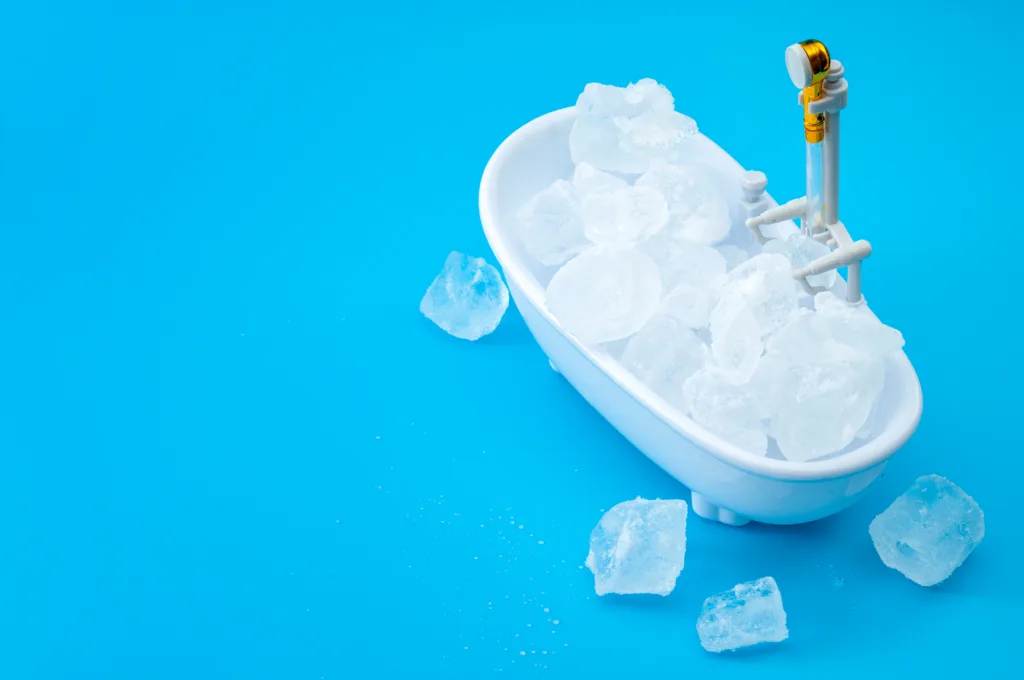




Comments
0